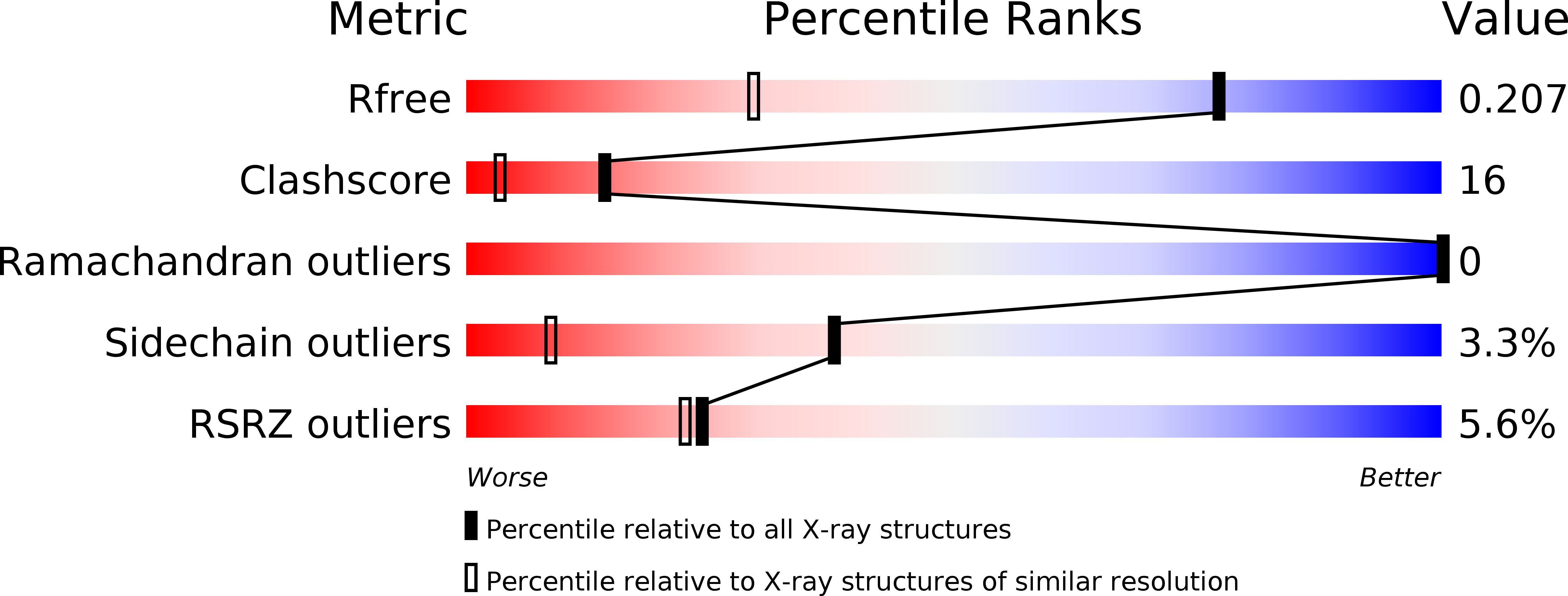
Deposition Date
2009-05-11
Release Date
2009-09-29
Last Version Date
2023-11-01
Entry Detail
PDB ID:
3HF5
Keywords:
Title:
Crystal structure of 4-methylmuconolactone methylisomerase in complex with 3-methylmuconolactone
Biological Source:
Source Organism:
Pseudomonas reinekei (Taxon ID: 395598)
Host Organism:
Method Details:
Experimental Method:
Resolution:
1.40 Å
R-Value Free:
0.20
R-Value Work:
0.17
R-Value Observed:
0.17
Space Group:
C 2 2 21


